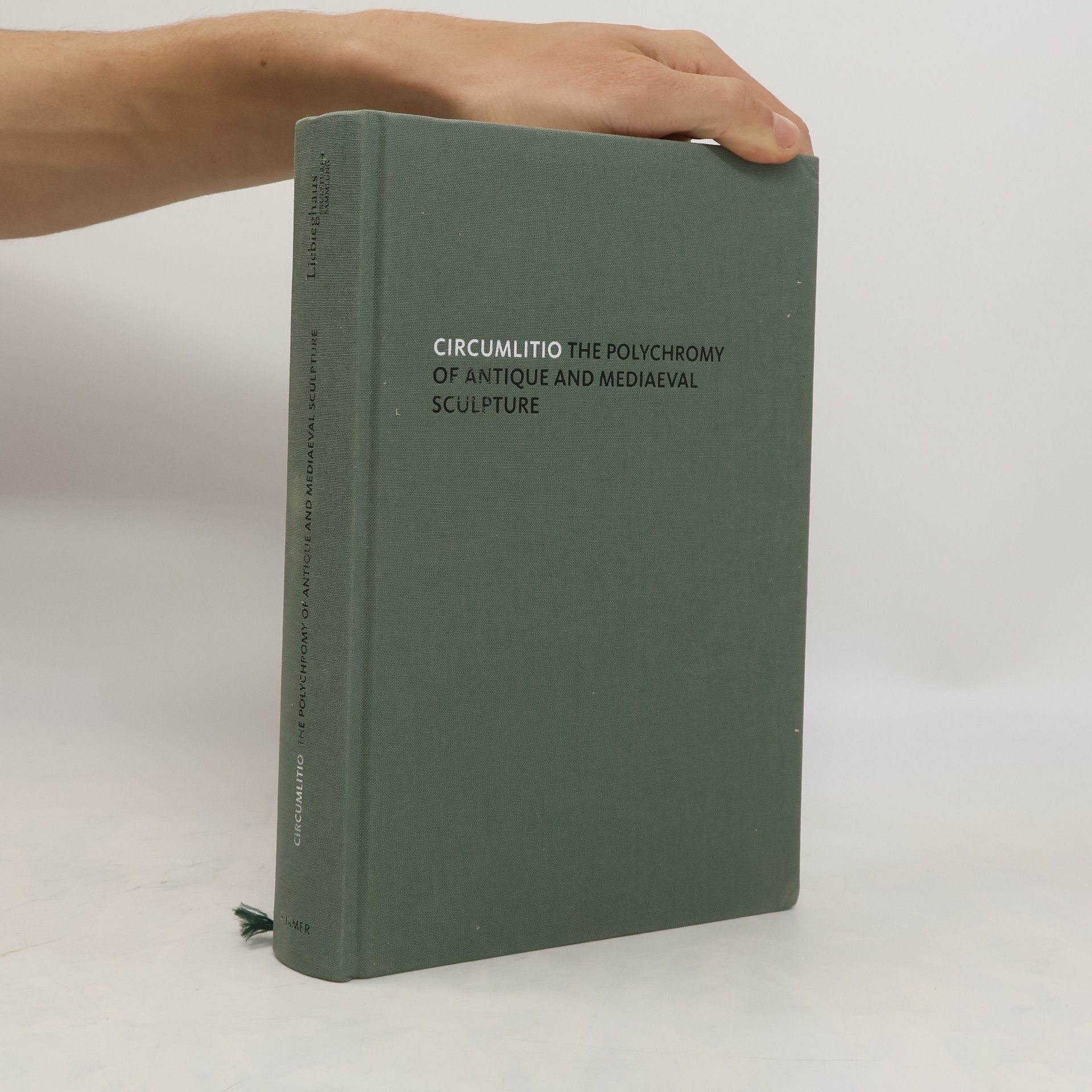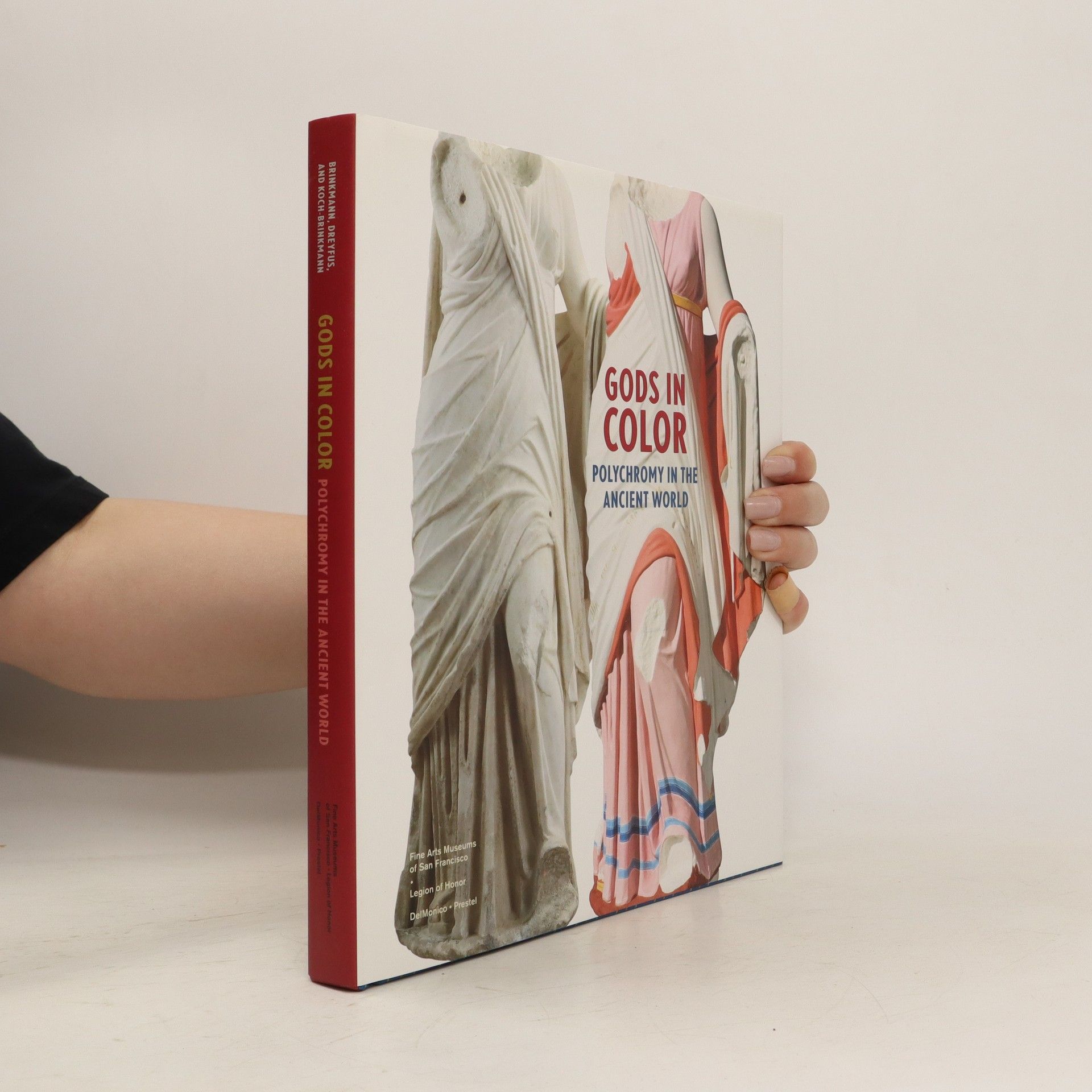The ancient cultures of East Asia, the Near and Middle East and the Mediterranean were characterised by spectacular scientific findings and advances, which are mirrored and enhanced in their mythology. Hesitantly in the late Gothic period, but more insistently during the Italian Renaissance, this knowledge gradually permeated Europe, although initially meeting with resistance from the Christian Church. The book accompanying the exhibition deals with the latest research on science and technology in myth and art from antiquity to the golden age of Arab-Islamic culture. Light is shed on the early precise records of astronomical events, as well as the technology of automata and kinetic sculpture. The latest findings relating e. g. to the famous Greek Antikythera mechanism, a form of analogue computer, or the sophisticated revolving ceilings and floors of the banquet halls in the Roman Emperor Nero’s palace illustrate the significance of sculpture’s automatisation in reference to the natural sciences in Islamic-Arabic culture. Magnificent works of art reflecting ancient myths, models of animated sculptures, impressive scientific apparatus and automata from the Mediterranean and Islamic-Arab cultural spheres International authors reflect on current research into the history of science in conjunction with art technology Exhibition: Liebieghaus Skulpturensammlung, Frankfurt/M., 08.03.2023 to 21.01.2024
Vinzenz Brinkmann Book order






- 2023
- 2023
Die alten Kulturen Ostasiens, des Nahen und Mittleren Ostens und des Mittelmeerraumes zeichnen sich durch spektakuläre wissenschaftliche Erkenntnisse und Fortschritte aus, die in der Mythologie gespiegelt und gesteigert werden. In der Spätgotik nur zögerlich, in der italienischen Renaissance jedoch mit Macht dringt dieses Wissen zunächst gegen den Widerstand der christlichen Kirche in den europäischen Raum ein. Das Begleitbuch zur Ausstellung verhandelt die aktuellste Forschung zu Wissenschaft und Technologie in Mythos und Kunst von der Antike bis in das goldene Zeitalter der arabisch-islamischen Kultur. Beleuchtet werden die frühen präzisen Aufzeichnungen astronomischer Ereignisse ebenso wie die Technologie der Automaten und kinetischen Skulptur. Neuste Erkenntnisse unter anderem zum berühmten griechischen Mechanismus von Antikythera, einem analogen Computer, oder zu den raffinierten drehbaren Decken und Böden der Bankettsäle im Palast des römischen Kaisers Nero veranschaulichen die Bedeutung der Automatisation von Skulptur in ihren Bezügen zur Naturwissenschaft im islamisch-arabischen Kulturraum.
- 2020
Bunte Götter - Golden Edition
- 280 pages
- 10 hours of reading
Nach einer fulminanten Welttournee kehren die Bunten Götter 2020 nach Frankfurt zurück. Die Ausstellung ist inzwischen an 30 Orten auf der ganzen Welt gezeigt worden und wurde von knapp 3 Millionen Menschen besucht. Dieses Buch zeigt den aktuellsten Forschungsstand!0Im Jahr 2020 wird die Liebieghaus Skulpturensammlung somit nach der bemerkenswerten Schau von 2008/2009 eine völlig neue, beachtlich bereicherte Version der Erfolgsausstellung zeigen. Im Zentrum von Buch und Präsentation stehen daher die atemberaubenden, zugleich außerordentlich irritierenden Rekonstruktionen antiker farbiger Skulptur. Neu ist die Auseinandersetzung mit der überaus sinnlichen polychromen Erscheinung der berühmten klassischen Bronzeskulptur, und auch die Erforschung der Polychromie sowie die Geschichte der Rekonstruktionen farbiger antiker Kunstwerke und Bauten im 19. Jahrhundert erfahren besondere Aufmerksamkeit.0Der aktuelle Forschungsansatz wurde weltweit aufgegriffen und in Forschungsteams in Athen, New York, London, Kopenhagen und Rom eigenständig fortgeführt. So hat sich die Zahl der wissenschaftlichen Rekonstruktionen in den vergangenen zehn Jahren verdoppelt, was im Buch ebenso sichtbar wird, wie die gleichfalls stark vorangetriebene Erforschung und Rekonstruktion der antiken griechischen und römischen Marmorbauten.00Exhibition: Liebieghaus Skulpturensammlung, Frankfurt am Main, Germany (30.01. - 30.08.2020).
- 2013
Liebieghaus Skulpturen Sammlung: Zurück zur Klassik
Ein neuer Blick auf das Alte Griechenland : Eine Ausstellung der Liebieghaus Skulpturensammlung, Frankfurt am Main, 8. Februar bis 26. Mai 2013
- 380 pages
- 14 hours of reading
Lebensgroße Statuen, Porträts und aufwendige Wandmalereien – die Kunstwerke aus dem alten Griechenland des 5. und 4. Jahrhunderts v. Chr. faszinieren bis heute. Eine einzigartige Ausstellung der Liebieghaus Skulpturensammlung in Frankfurt am Main zeigt jetzt herausragende Werke antiker Kunst. Darunter befinden sich spektakuläre Neufunde originaler Bronzeplastik und Malerei. Im Hirmer Verlag ist der Katalog zur Ausstellung erschienen. Fundierte Beiträge zu den hochwertigen Abbildungen geben den aktuellen Stand der Forschung zur griechischen Klassik wieder.
- 2013
Zurück zur Klassik
- 380 pages
- 14 hours of reading
'Ein gründlicher Katalog mit gelehrten Beiträgen.'§Süddeutsche Zeitung
- 2010
Circumlitio
The Polychromy of Antique and Medieval Sculpture
- 2008
Masterworks at the Liebieghaus
- 185 pages
- 7 hours of reading
Das Liebieghaus in Frankfurt am Main gehört zu den bedeutenden Skulpturensammlungen Europas. Aus Anlass der Neugestaltung der Innenräume ist der gestalterisch aufwendige Übersichtsband mit Meisterwerken erschienen. Gezeigt werden Objekte der ägyptischen und ostasiatischen Kunst, der griechischen und römischen Antike, frühmittelalterliche Elfenbeinarbeiten, romanische Kruzifixe und Madonnen, gotische Altarfiguren, berühmte Renaissancestandfiguren und -reliefs sowie Barockbüsten und Werke des Klassizismus. deutschsprachige Ausgabe: ISBN 978-3-86568-364-9
- 2007
Gods in Color
- 191 pages
- 7 hours of reading
ForewordMAX HOLLEINESSAYSA HISTORY OF RESEARCH AND SCHOLARSHIP ON THE POLYCHROMY OF ANCIENT SCULPTUREVINZENZ BRINKMANNON THE POLYCHROMY OF ANCIENT SCULPTUREVINZENZ. BRINKMANN AND ULRIKE KOCH-BRINKMANNREDISCOVERING COLORPolychrome Art from Ancient Egypt and the Near EastRENÉE DREYFUSESSAYSTHE DISCOVERY OF THE POLYCHROMY OF ANCIENT GREEK SCULPTUREWinckelmann's Research on Statues and TextsOLIVER PRIMAVESICOLOR AND LIGHTDodwell and Pomardi in GreeceJOHN CAMP.ANCIENT PAINTS AND.PAINTING TECHNIQUES Methods of InvestigationVINZENZ BRINKMANN, ULRIKE KOCH-BRINKMANN, AND HEINRICH PIENINGCATALOGUE OF THE EXHIBITIONBibliographyAcknowledgmentsMAX HOLLEINPhotography Credits.
- 2004
Bunte Götter
- 256 pages
- 9 hours of reading
Seit 30 Jahren sucht ein Forscherteam um den Archäologen Vinzenz Brinkmann nach der Klärung einer Frage, die für das Verständnis der antiken griechischen und römischen Kunst von hoher Bedeutung ist: Wie müssen wir uns eine antike Marmorstatue in ihrem ursprünglichen, farbigen Erscheinungsbild vorstellen? Mit Hilfe fotografischer Techniken und naturwissenschaftlicher Analysemethoden wurden zahlreiche Einzelinformationen zum Phänomen der Statuenpolychromie zusammengetragen. Die Auswertung der antiken Schriftquellen erbrachte zusätzliche Klärung. Der reich bebilderte Katalog ist als ein Standardwerk der Erforschung der Polychromie zu verstehen, er bietet einen profunden Einblick in den Stand der Dokumentation und der Methoden. Auch werden die vielen Einzelschritte der wissenschaftlichen Rekonstruktion nachvollziehbar. Im Sommer 2010 werden die Bunten Götter in einer erweiterten Fassung im Berliner Pergamonmuseum gezeigt. Damit setzt die Ausstellung eine Erfolgsgeschichte fort, die 2003 in der Münchner Glyptothek begann und über die Vatikanischen Museen, die Museen der Universität Harvard, der Getty-Villa in Malibu und viele bedeutende Museen Europas nun in die Hauptstadt Deutschlands führt.
- 2003
Die Polychromie der archaischen und frühklassischen Skulptur
- 327 pages
- 12 hours of reading

